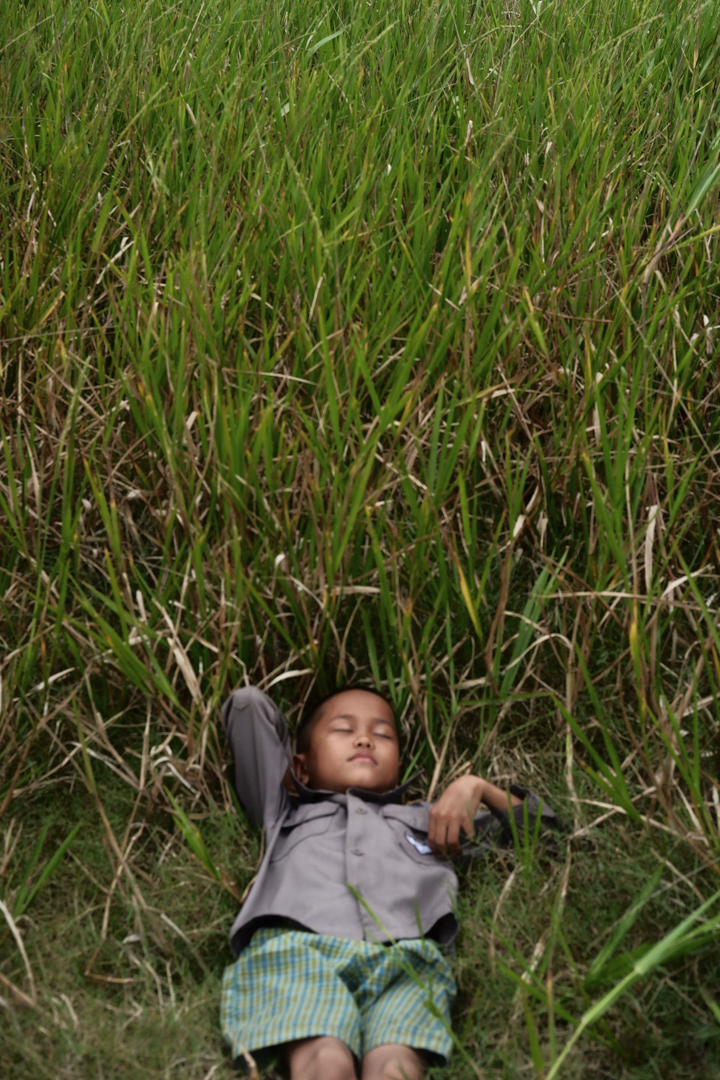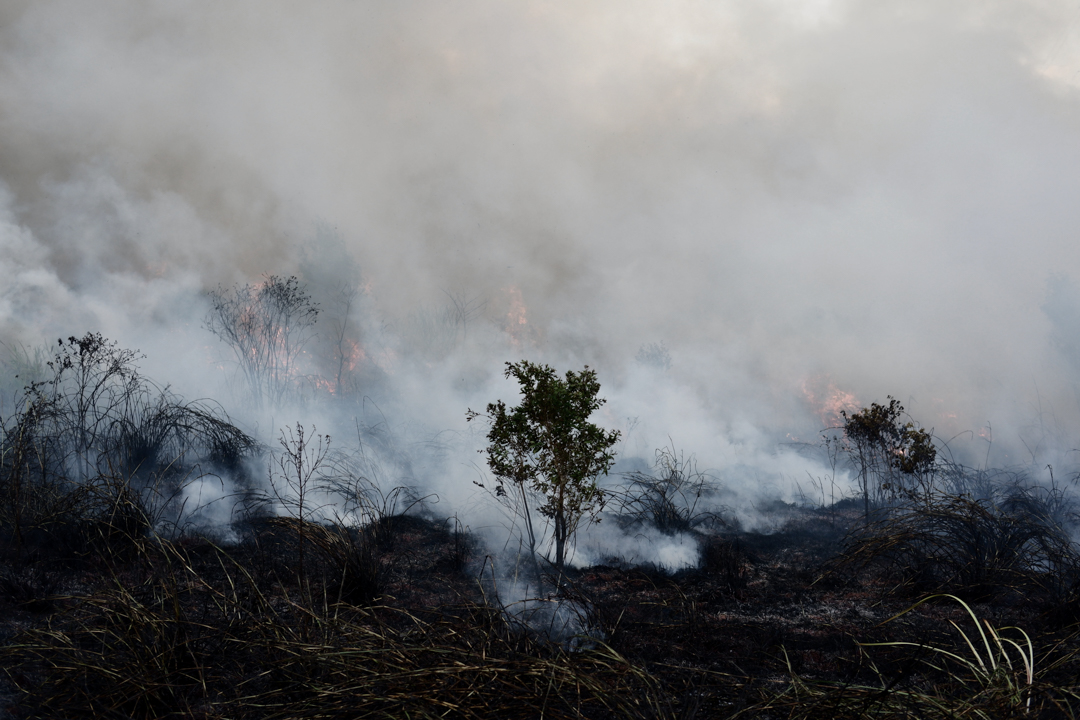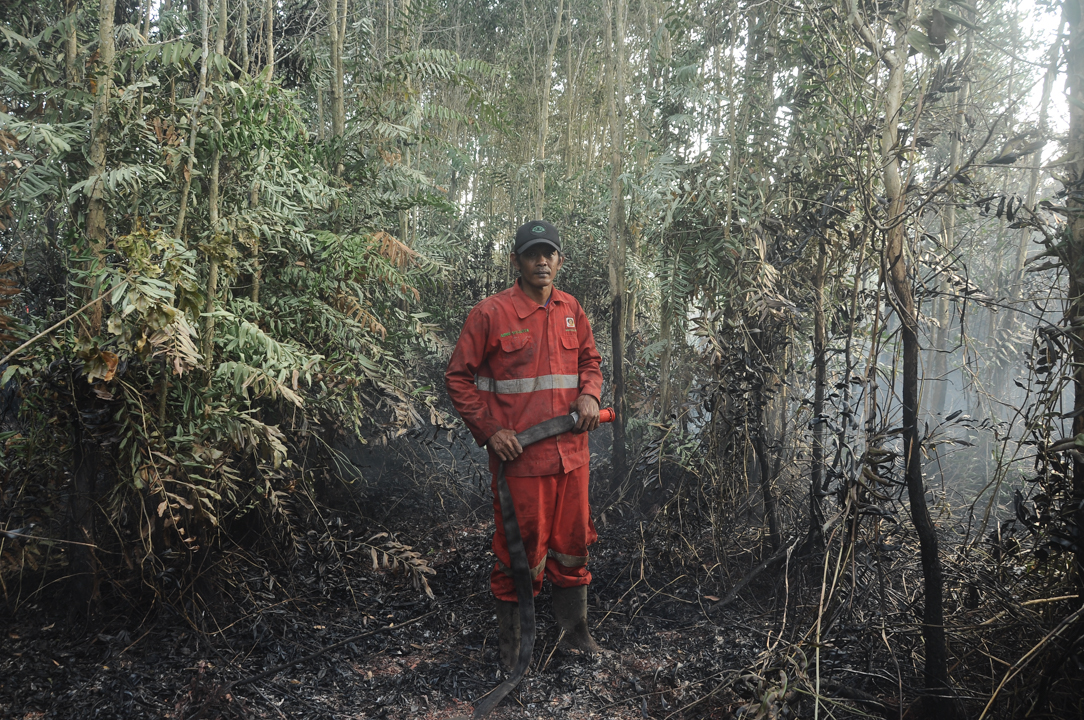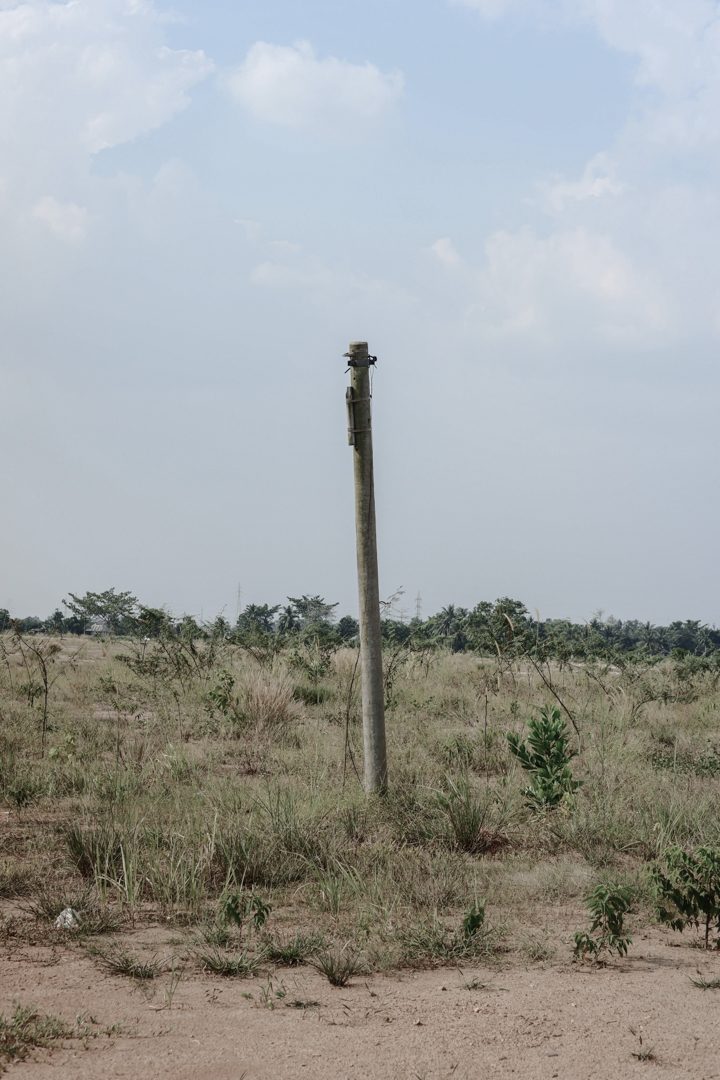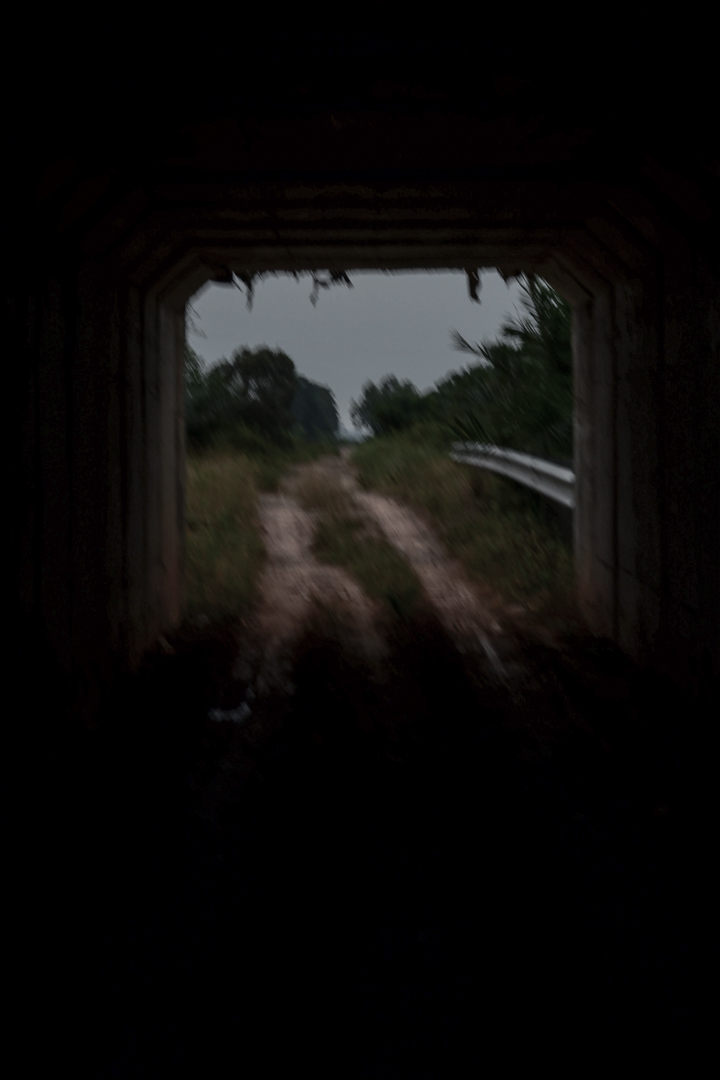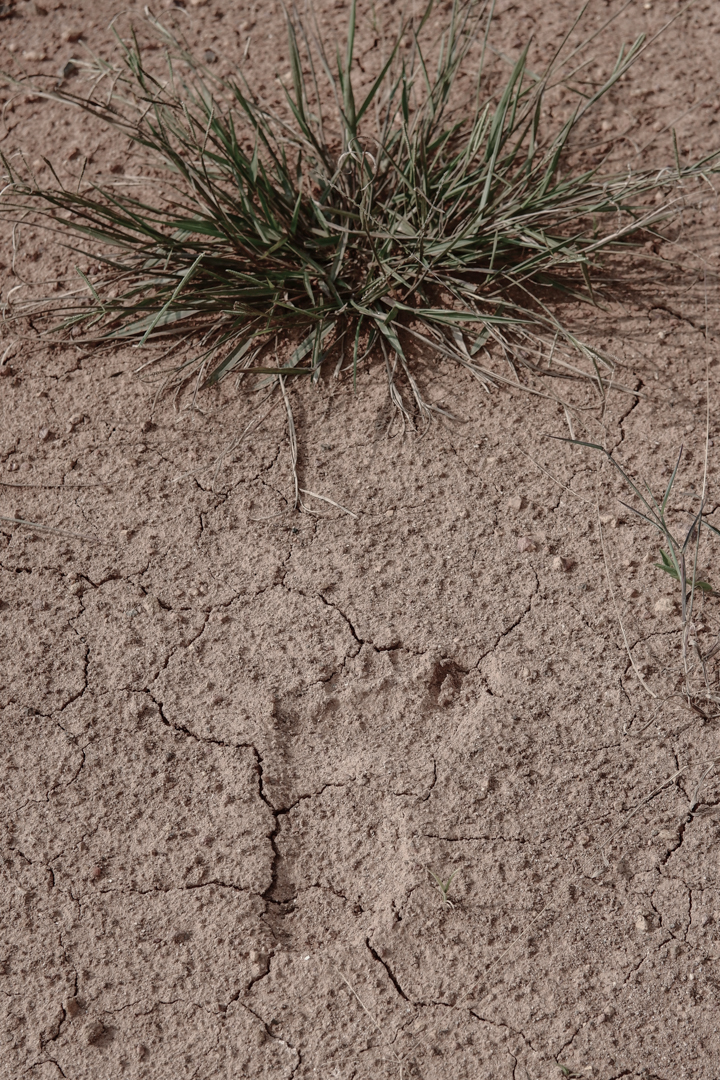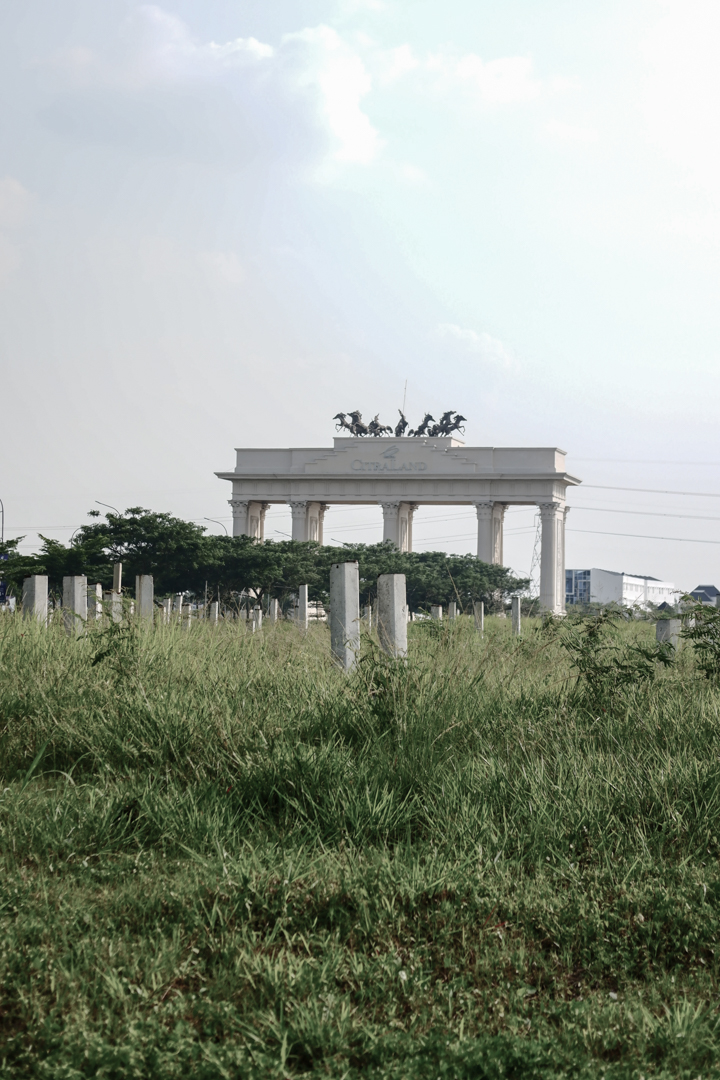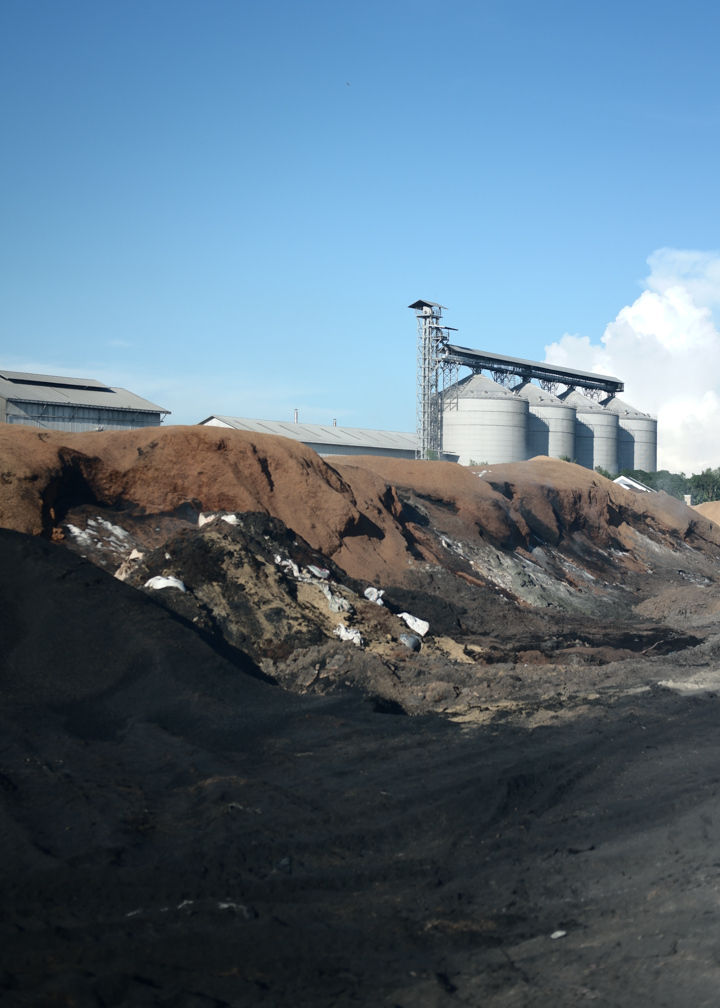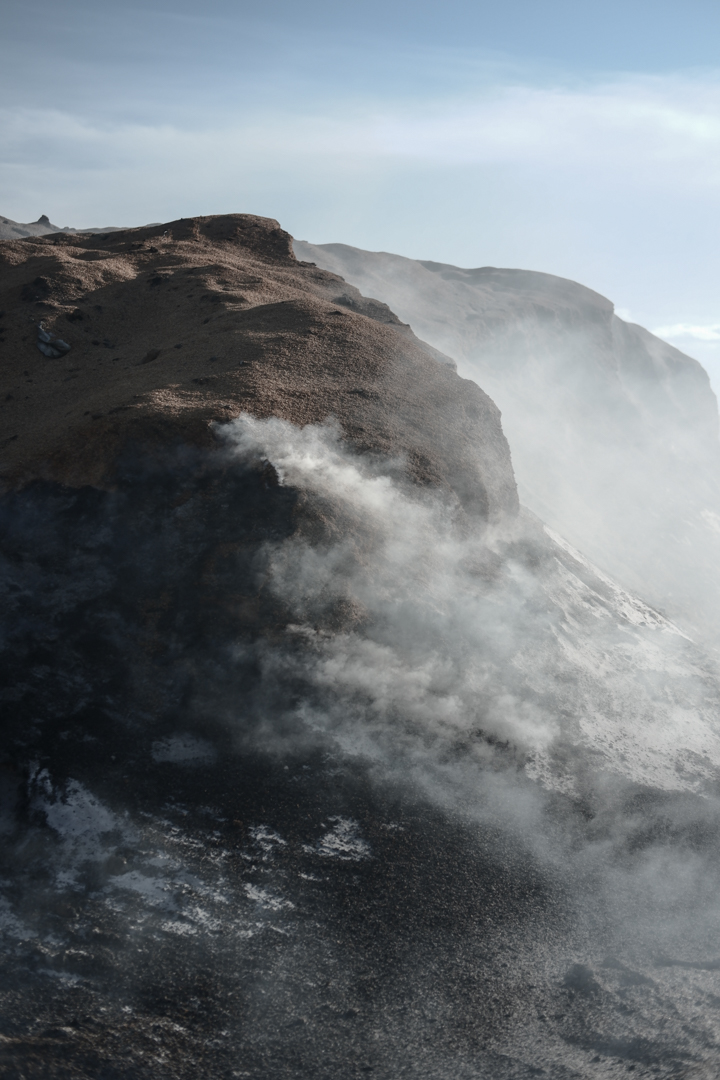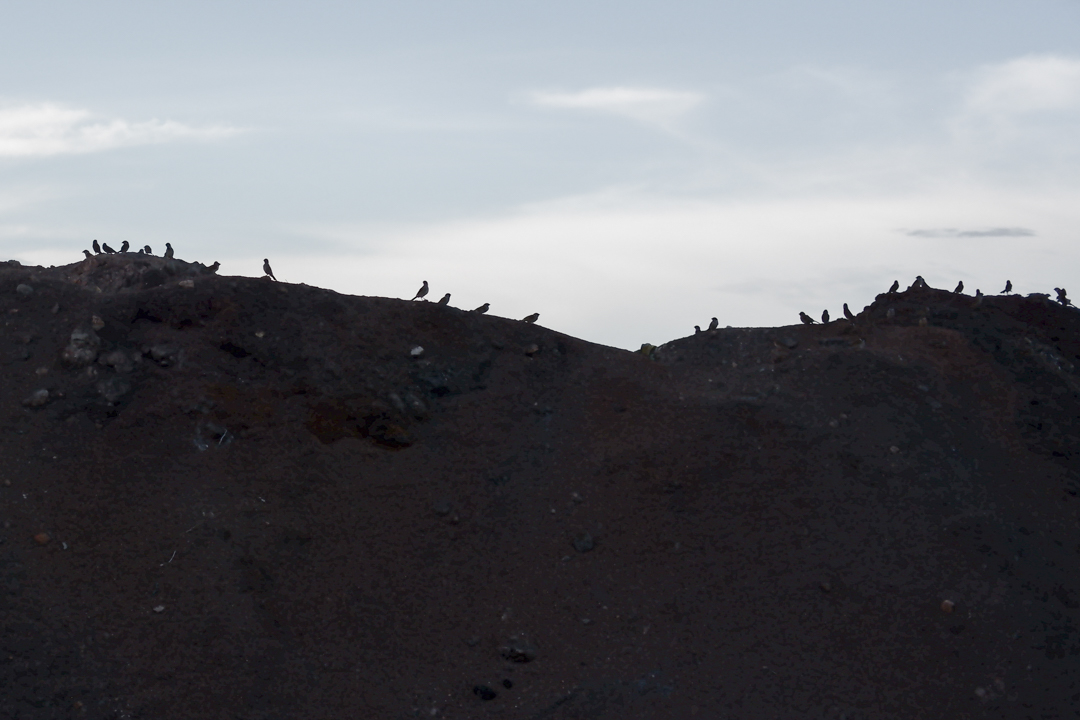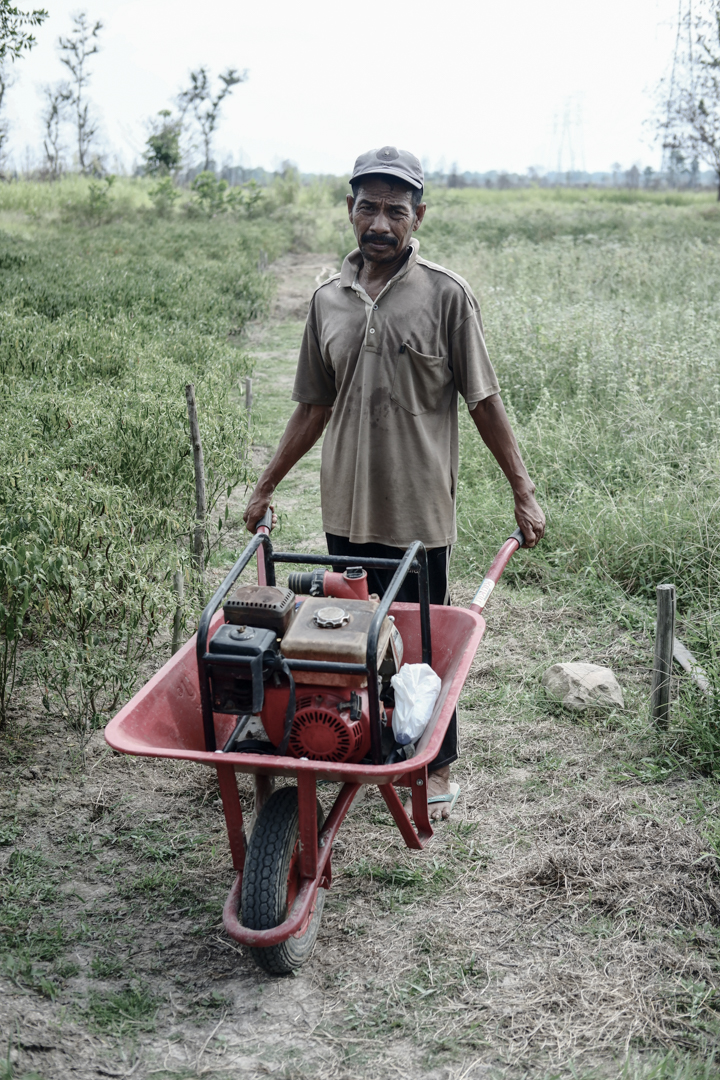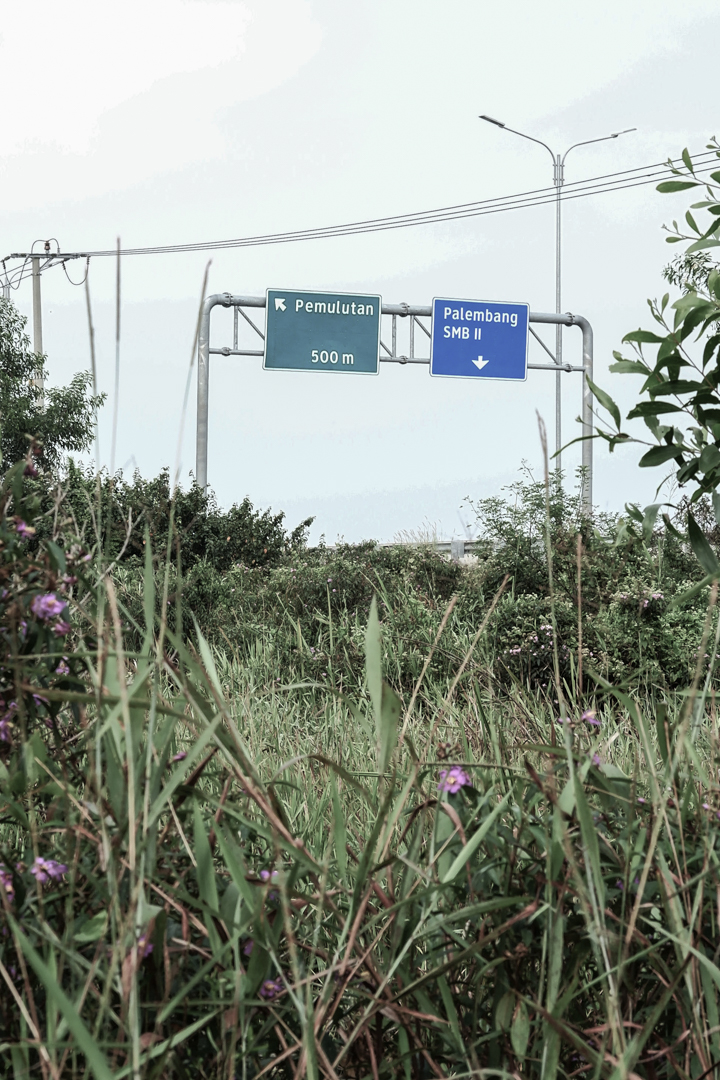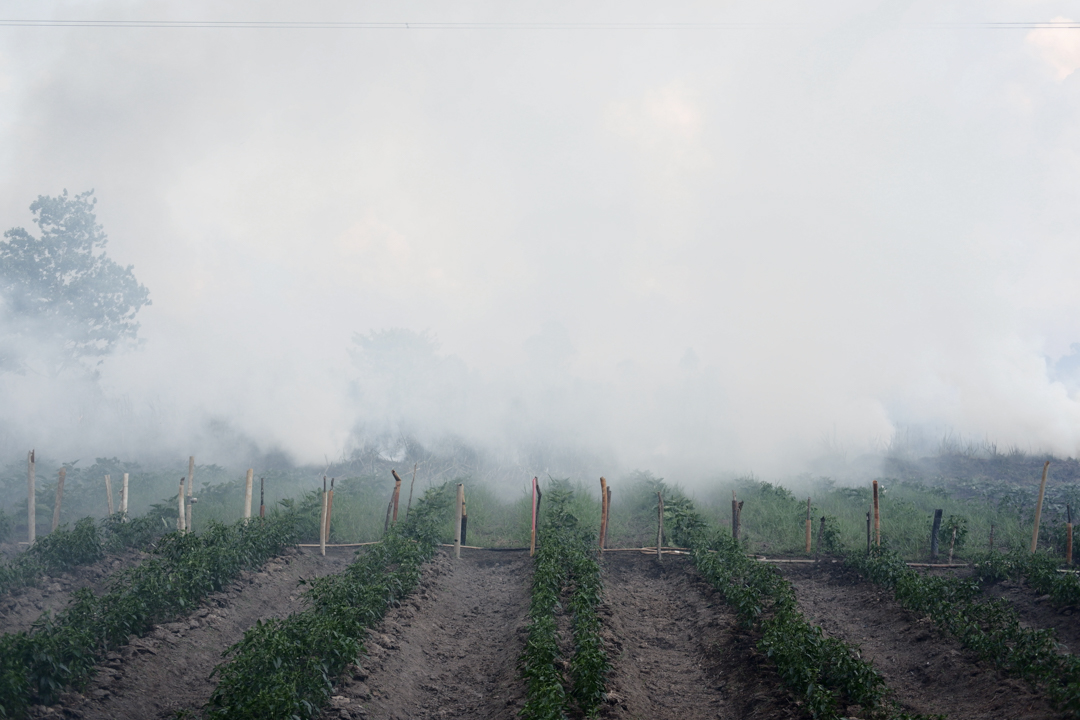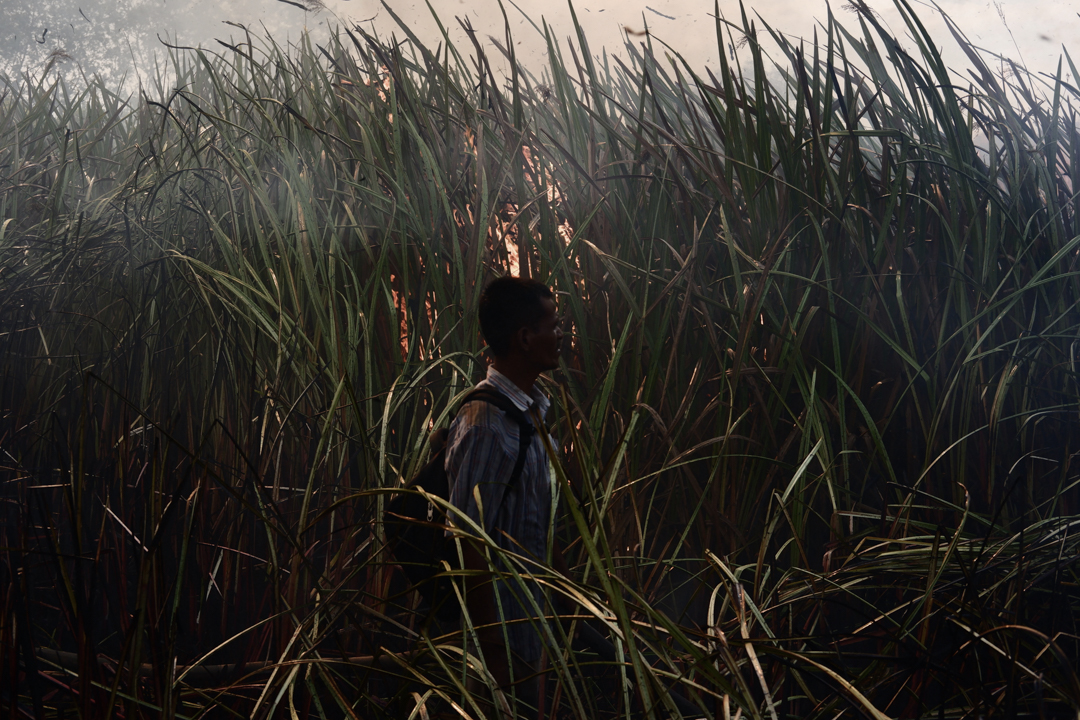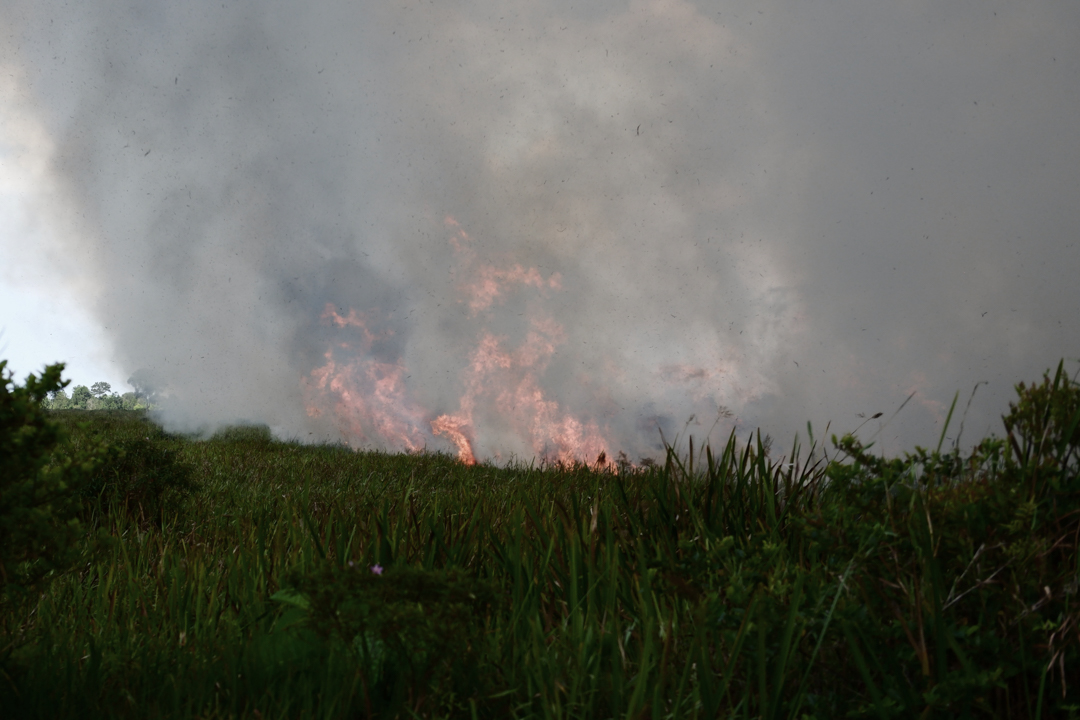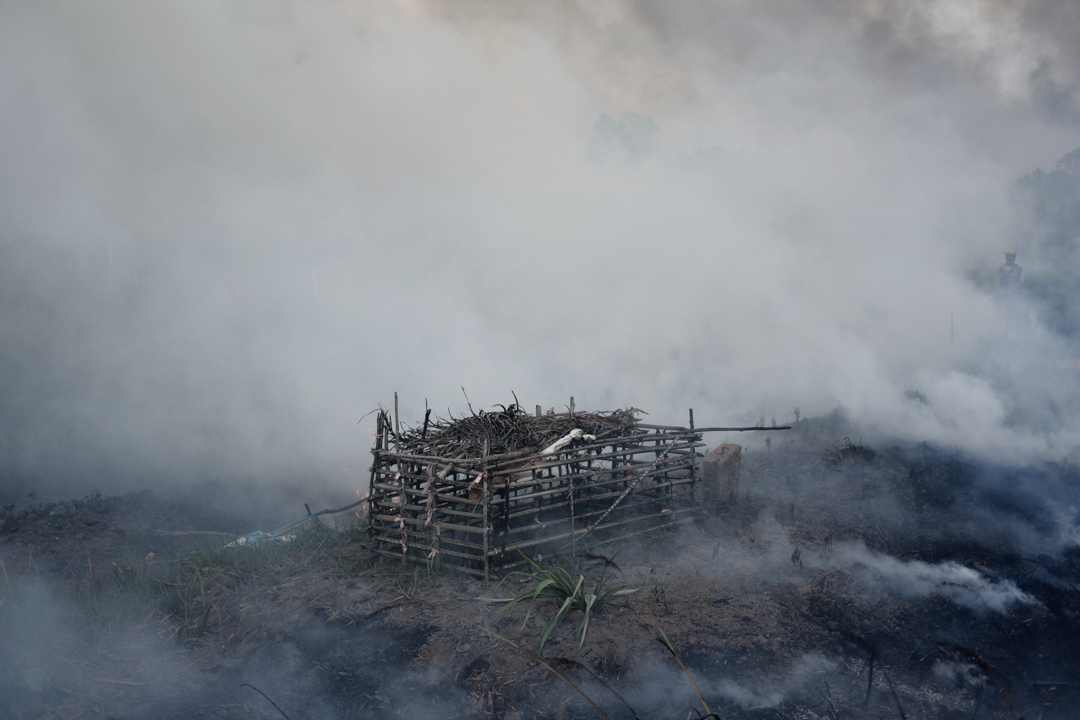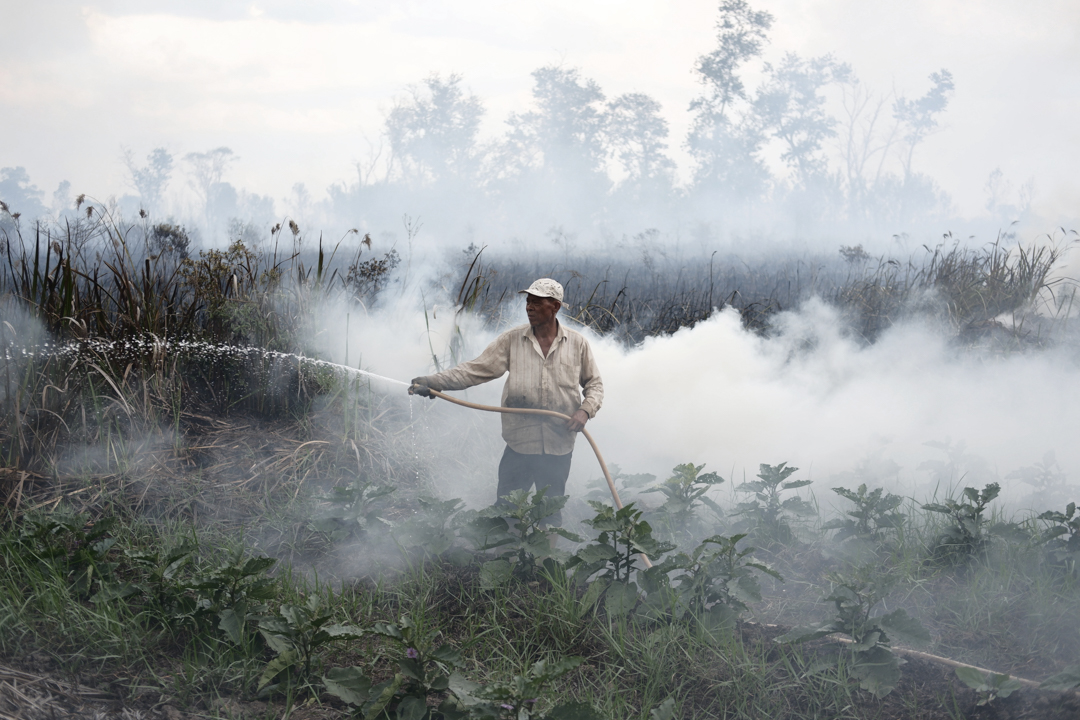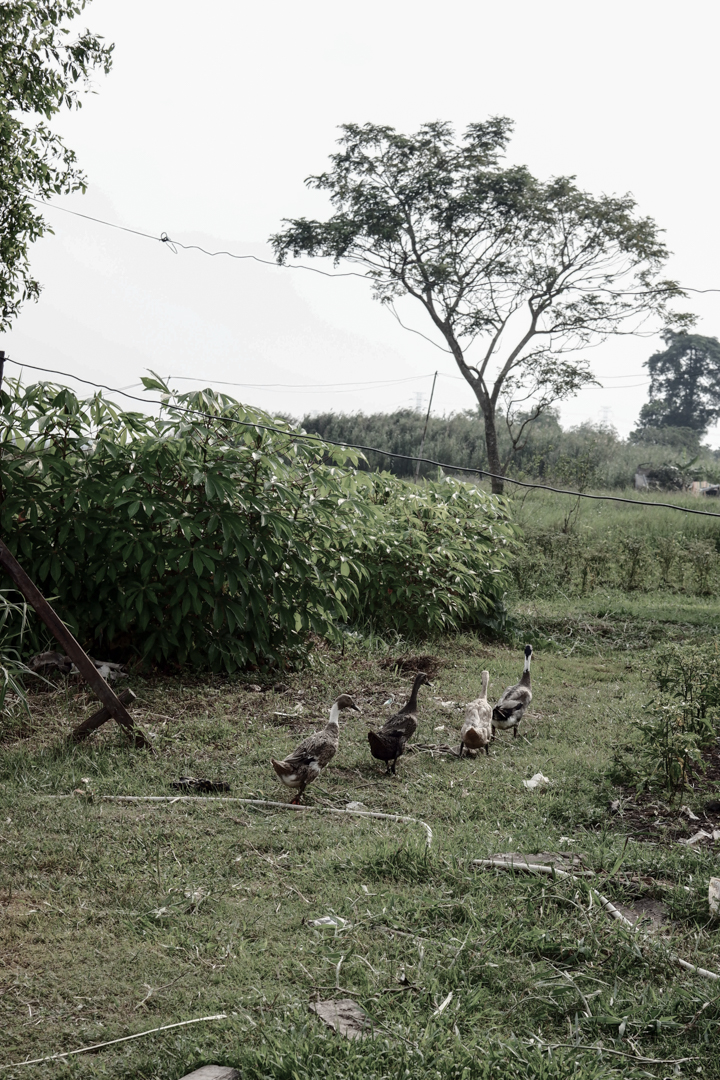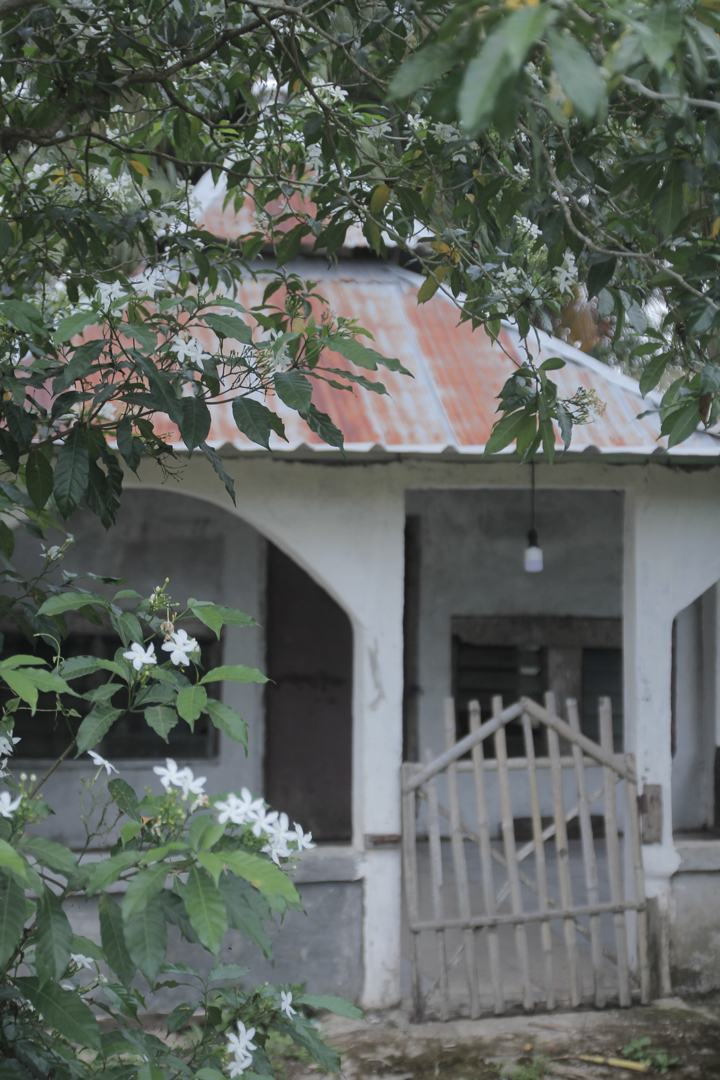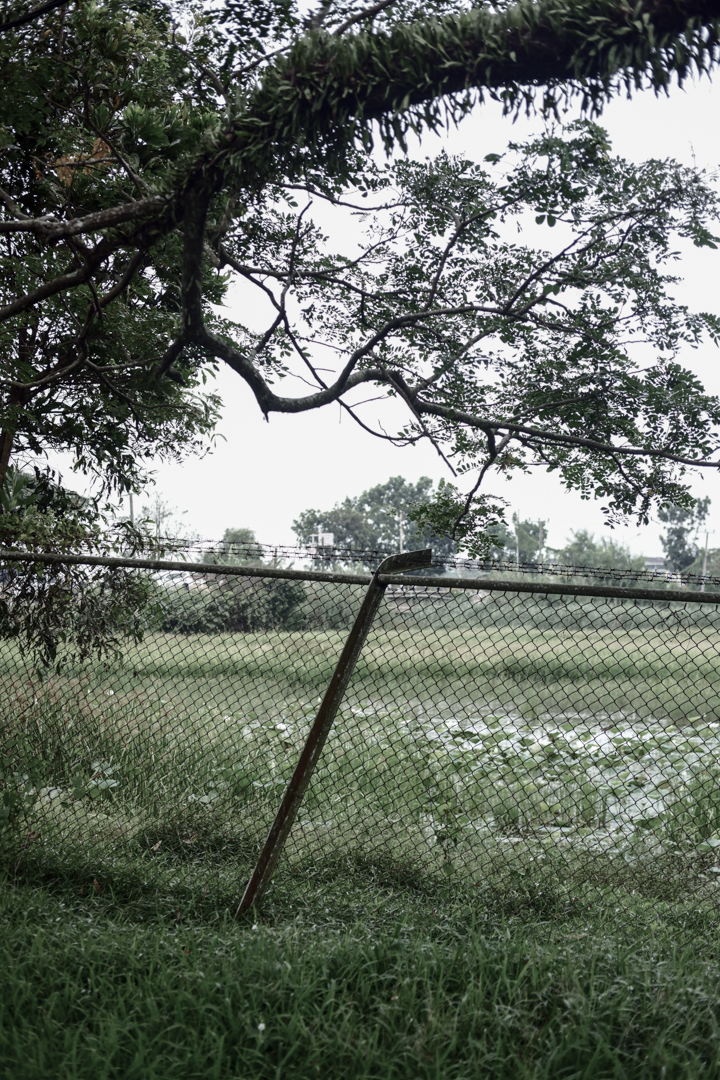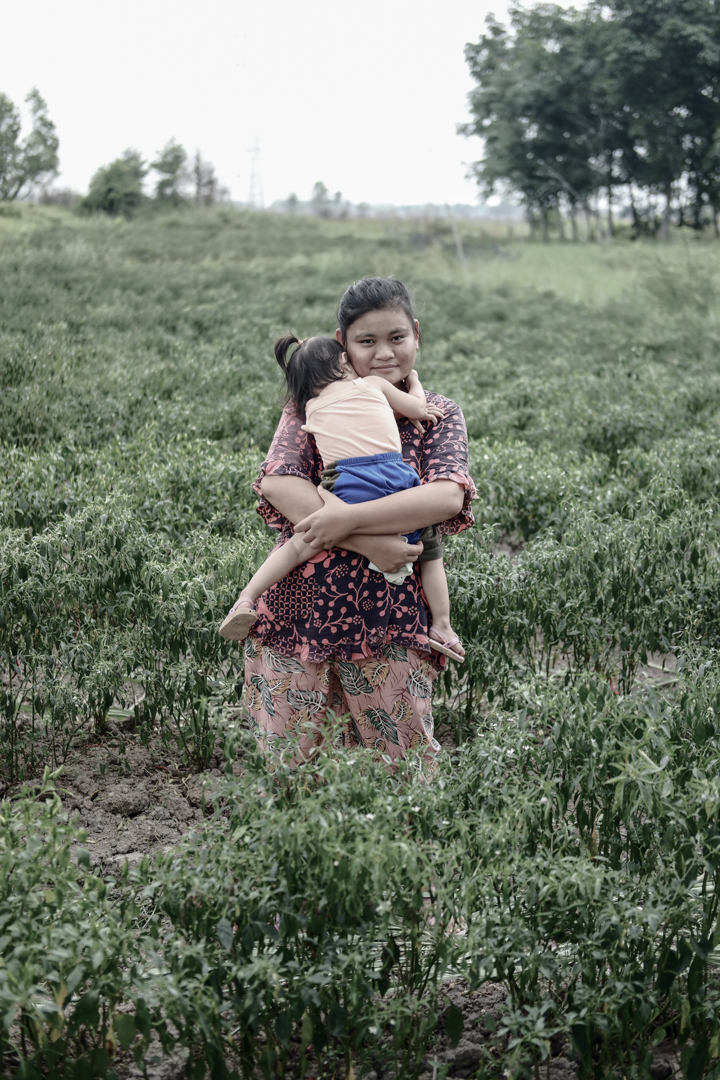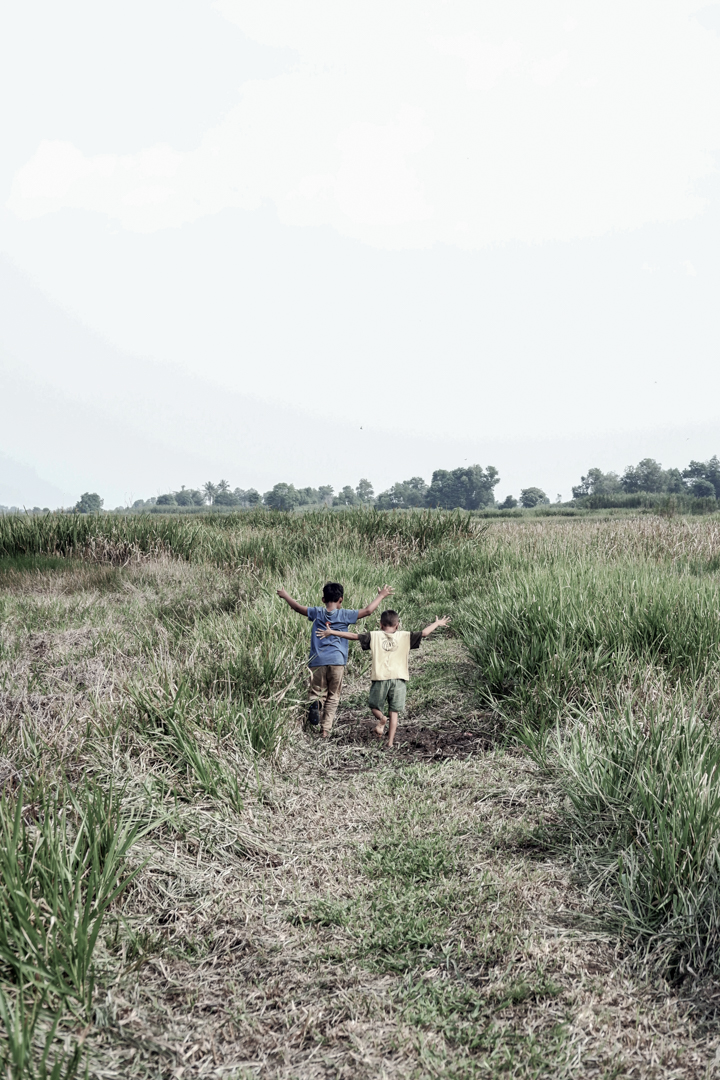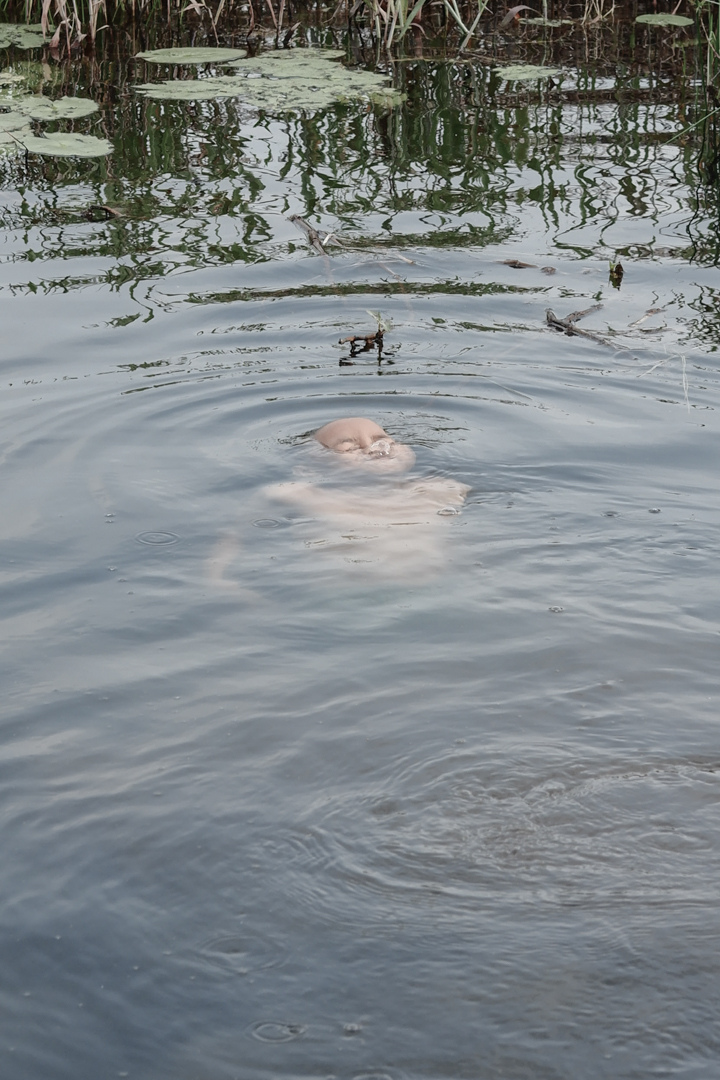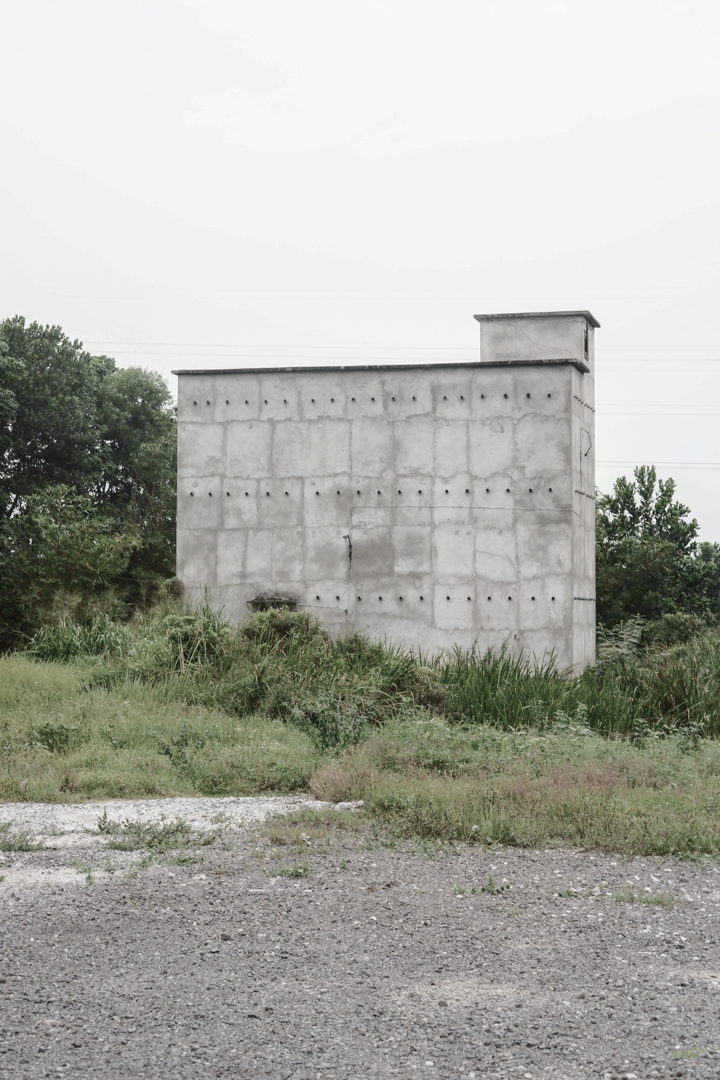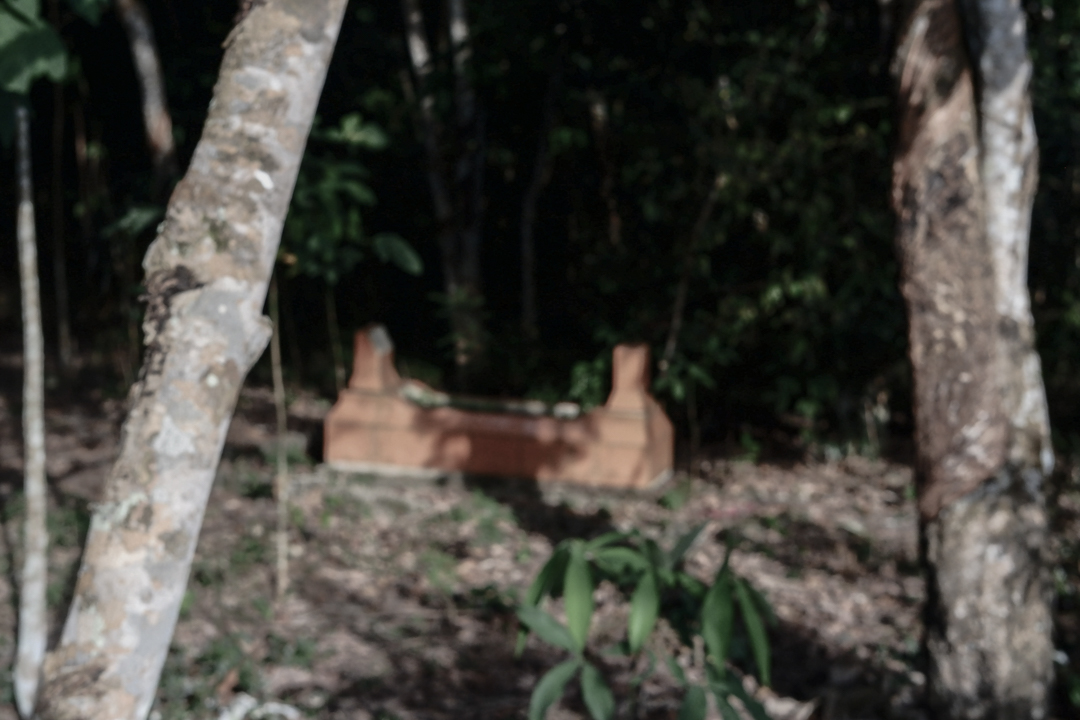After BRGM's Life is Extended
By Kisworo Dwi Cahyono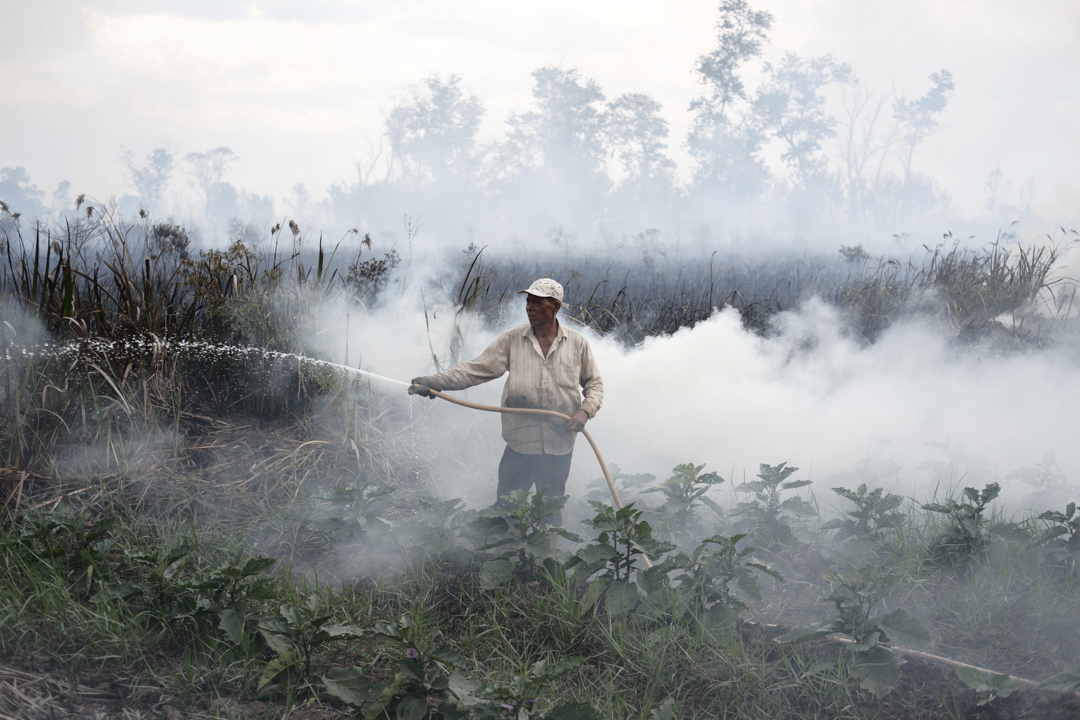
Peat story from South Sumatera
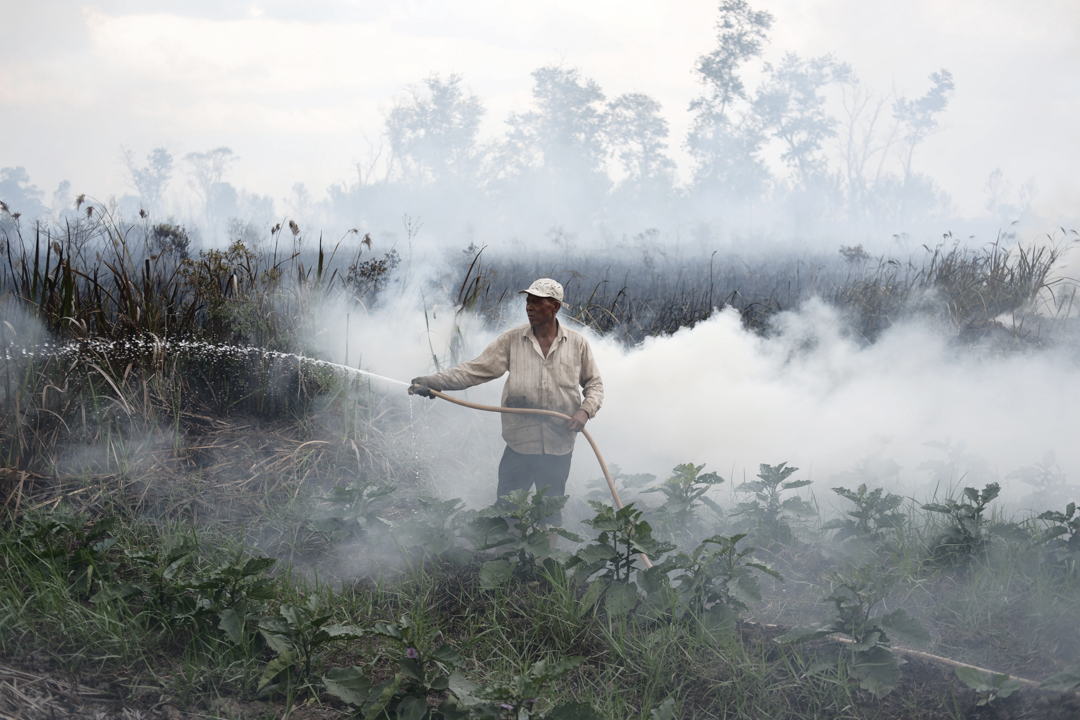
Forest and land fires have been occurring for a long time in the area of South Sumatra, which is dominated by peatlands. Severe land fires that have resulted in national disasters have occurred several times in 1998, 2014, and, most recently, in 2019. The consequences of these land fires caused a catastrophic haze that reached Malaysia and Singapore and caused death in people affected by lung infections.
Of course, the question is why land fires continue to occur in South Sumatra. Even though prevention and suppression efforts have been made to prevent land fires from spreading, fires are still found every year in areas with a lot of peatlands, such as in the Ogan Ilir (OI) area or Ogan Komering Ilir (OKI).
These land fires were caused by many peatlands being converted and ditches in peatland. This decreases even the loss of water content in peatlands.
I am interested in telling this story since I want to see the causes of land fires from another side. So far, land fires have been considered to be caused by natural disasters, without human intervention, or trivial causes because of cigarette butts or people burning garbage.
In my reporting process, firstly, I documented the land fires that occurred in South Sumatra since fires are moments that must be documented immediately. In 2021 the fires started from early August to early October. I always contact the Manggala Agni fire team to get info on land fires because they are always on the ground. I also accompany the fire team to know safe places in the fire area since land fires are always big. The challenge of reporting on land fires is reporting at night because there is no lighting on the land, and the peat is deep. Sometimes, we also have to cross the canals around the peatlands.
After reporting on land fires in early October, I started documenting the places that were being converted. I started conducting interviews with residents about their experiences living around peatlands. They have lived on peatlands for decades, and many are farming, such as chili and tomatoes. When the dry season comes, these residents find it difficult to take care of their agricultural land because it is difficult to find water to water the plants. In addition, if the peat land around them catches fire, they have to keep guard so that their land or plants don't get fire. The characteristics of houses around peatlands can also be seen in the shape of tall houses or houses on stilts. During the rainy season, their houses are bound to be submerged in water.
Ahmad Rizki Prabu, 2021
Masters student majoring in communications and freelance photographer from Palembang

